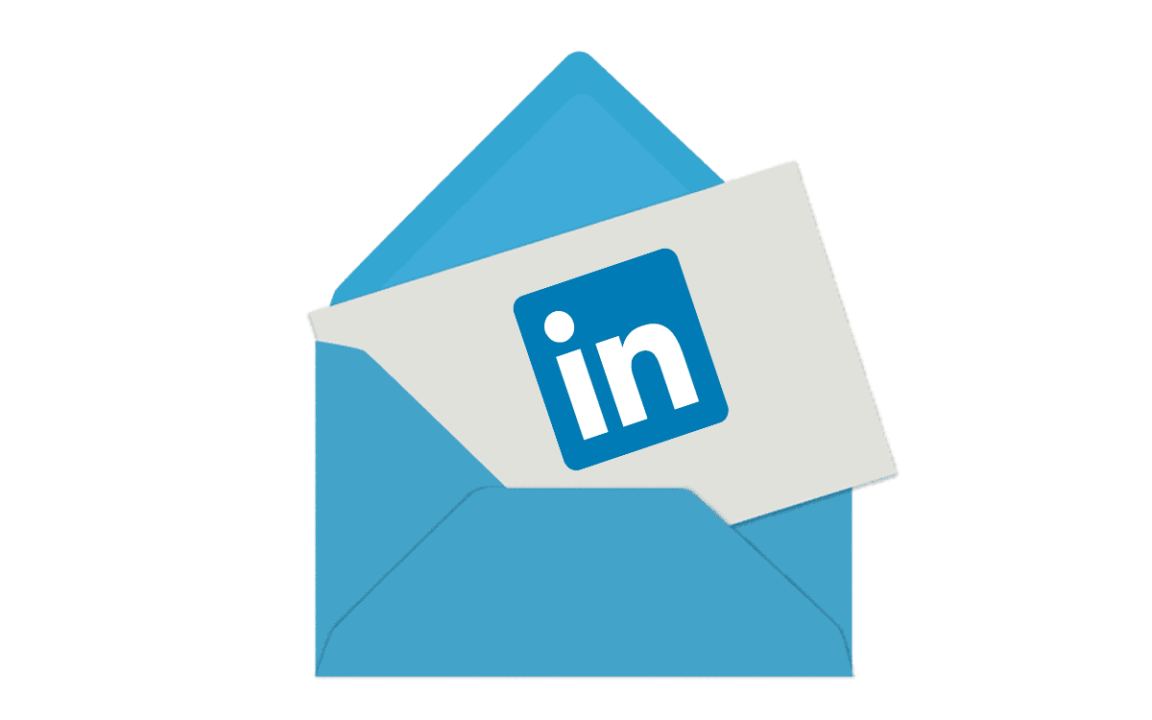

LinkedIn InMail has long been a go-to tool for sales and recruiting professionals. It offers direct access to prospects outside your immediate network, and when done well, it can deliver results. But in 2025, relying on InMail alone isn’t enough to fill pipelines or book meetings.
Decision-makers are busier, inboxes are more crowded, and buyers expect personalized, multi-touch engagement. That’s where multi-channel outreach - blending LinkedIn, email, and other touchpoints - comes in.
Here’s why using InMail in isolation falls short, and how multi-channel strategies drive more replies.
Even with LinkedIn’s premium positioning, InMail benchmarks have been falling. Recipients are more selective about which messages they answer, especially if they read as templated or transactional.
InMail credits restrict how many messages can be sent each month. For teams trying to scale outreach, this cap makes it difficult to maintain consistent volume.
Many prospects recognize InMail as a sponsored outreach channel. That can create skepticism compared to a natural connection request or a well-timed email.
Prospects rarely reply after one message. By using multiple channels, you create several opportunities for engagement without spamming. For example:
Some people live in their LinkedIn inbox. Others check email more consistently. Multi-channel outreach ensures you reach buyers in the place they’re most likely to respond.
Instead of blasting a prospect with three InMails in a row, you can design outreach flows that feel conversational:
This variety mimics natural business communication and avoids the “copy-paste” fatigue prospects detect instantly.
InMail is a powerful tool — but it’s only one piece of the puzzle. In today’s crowded outreach landscape, the agencies and teams winning meetings are those running multi-channel sequences that build trust, deliver value, and meet prospects where they are.
Instead of asking “How can I make InMail work better?”, the smarter question in 2025 is: “How can I combine InMail with other touchpoints to maximize replies?”
Multi-channel outreach is the answer.